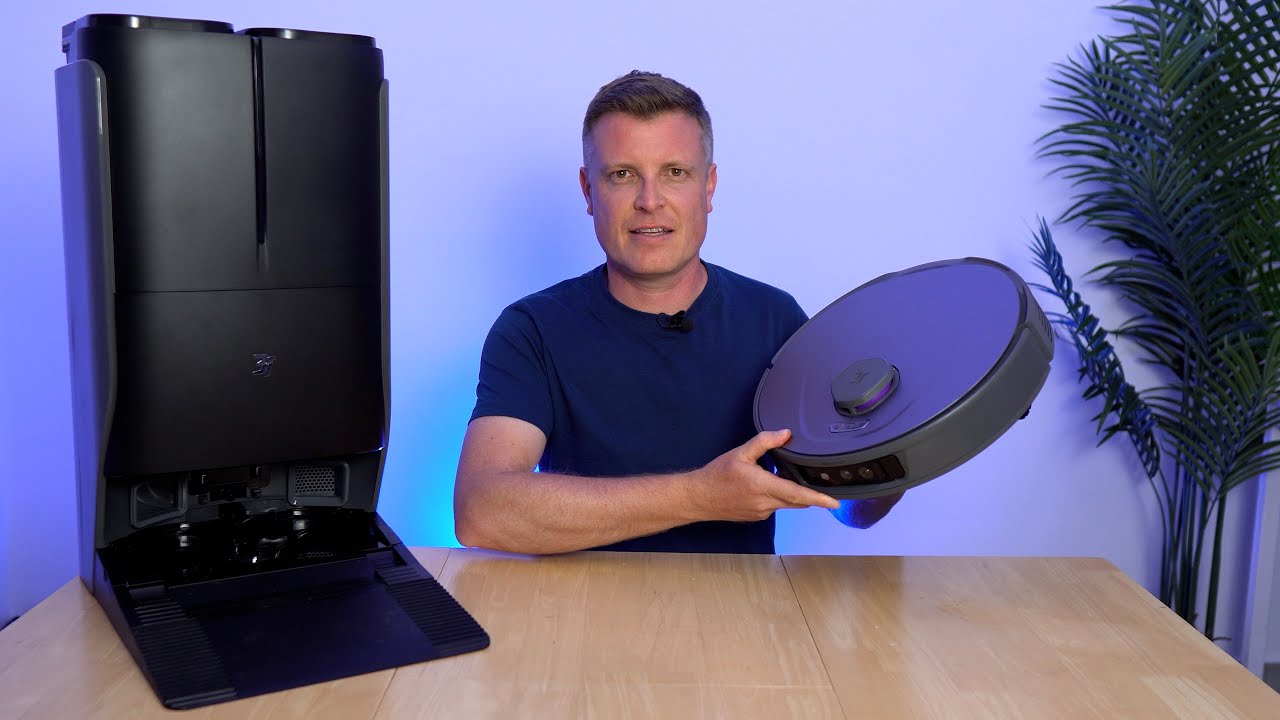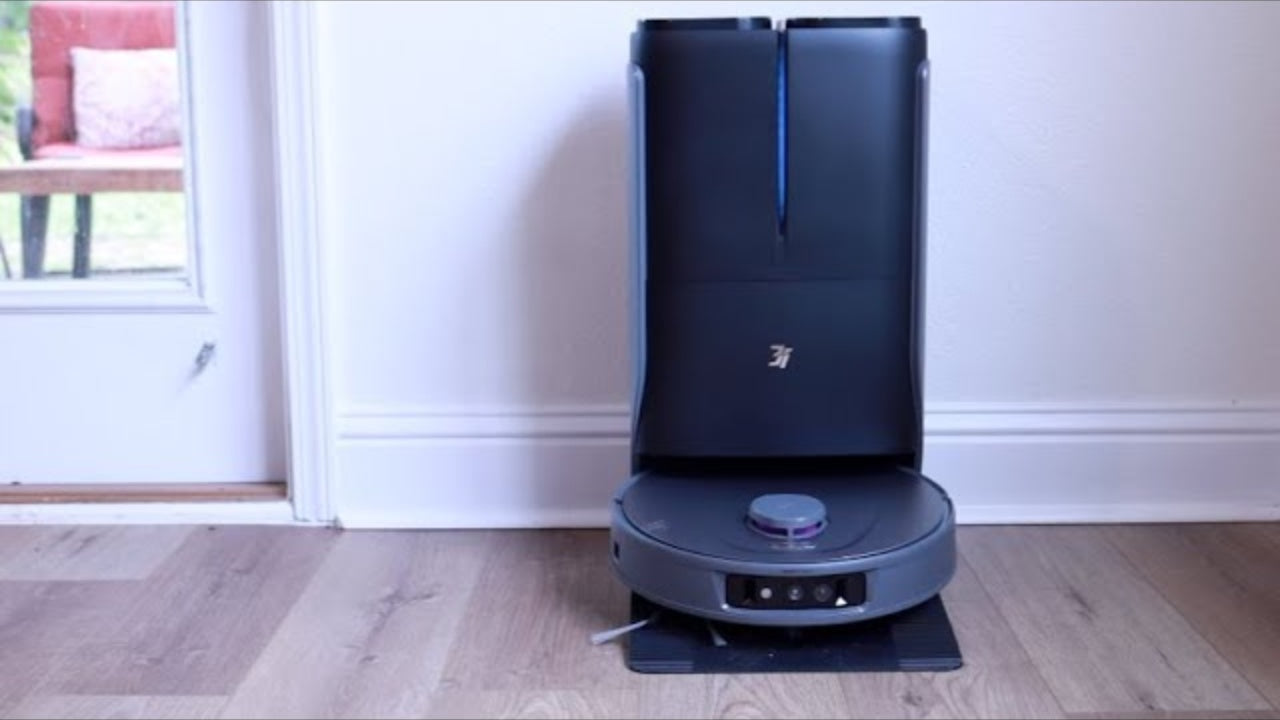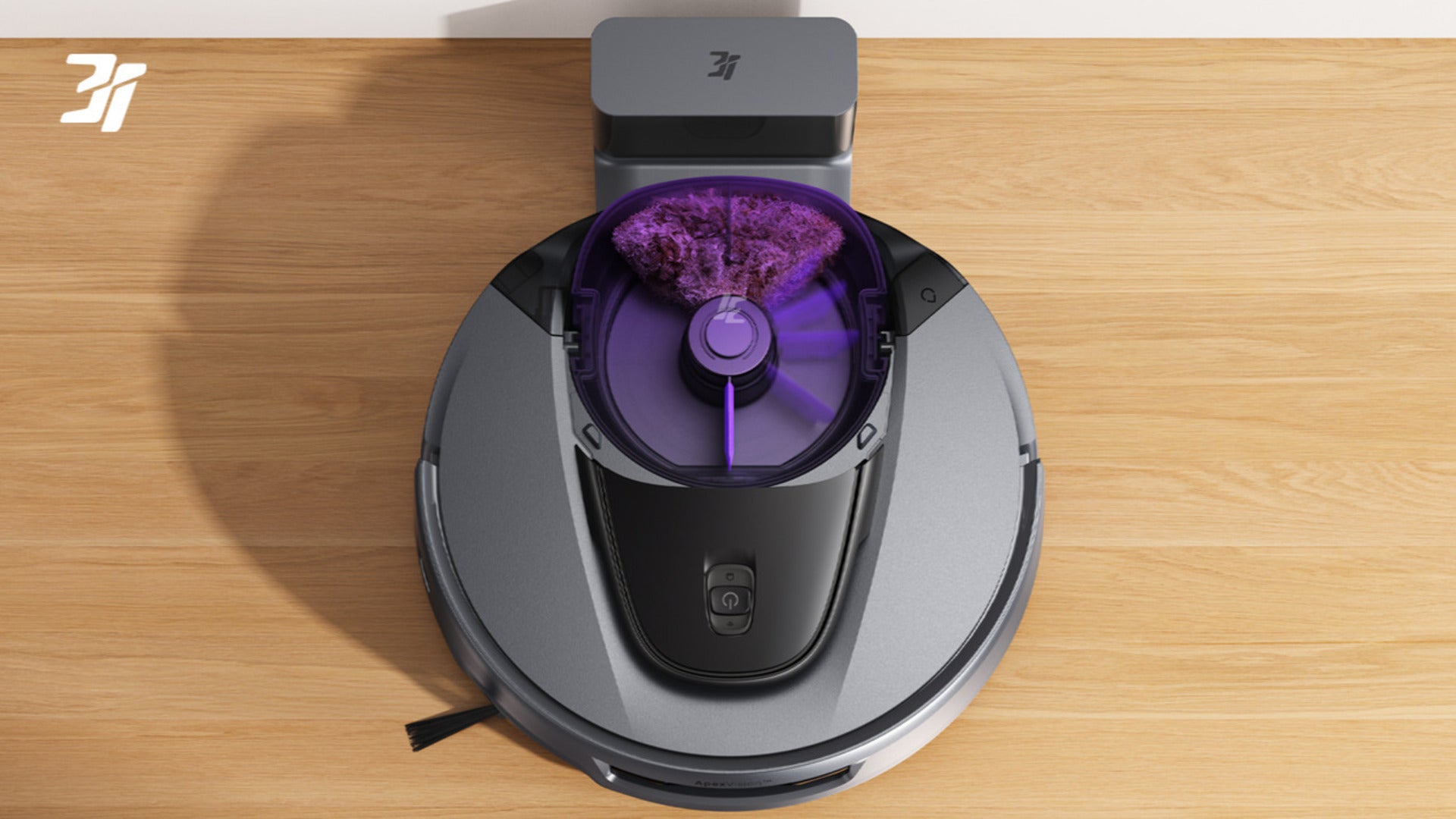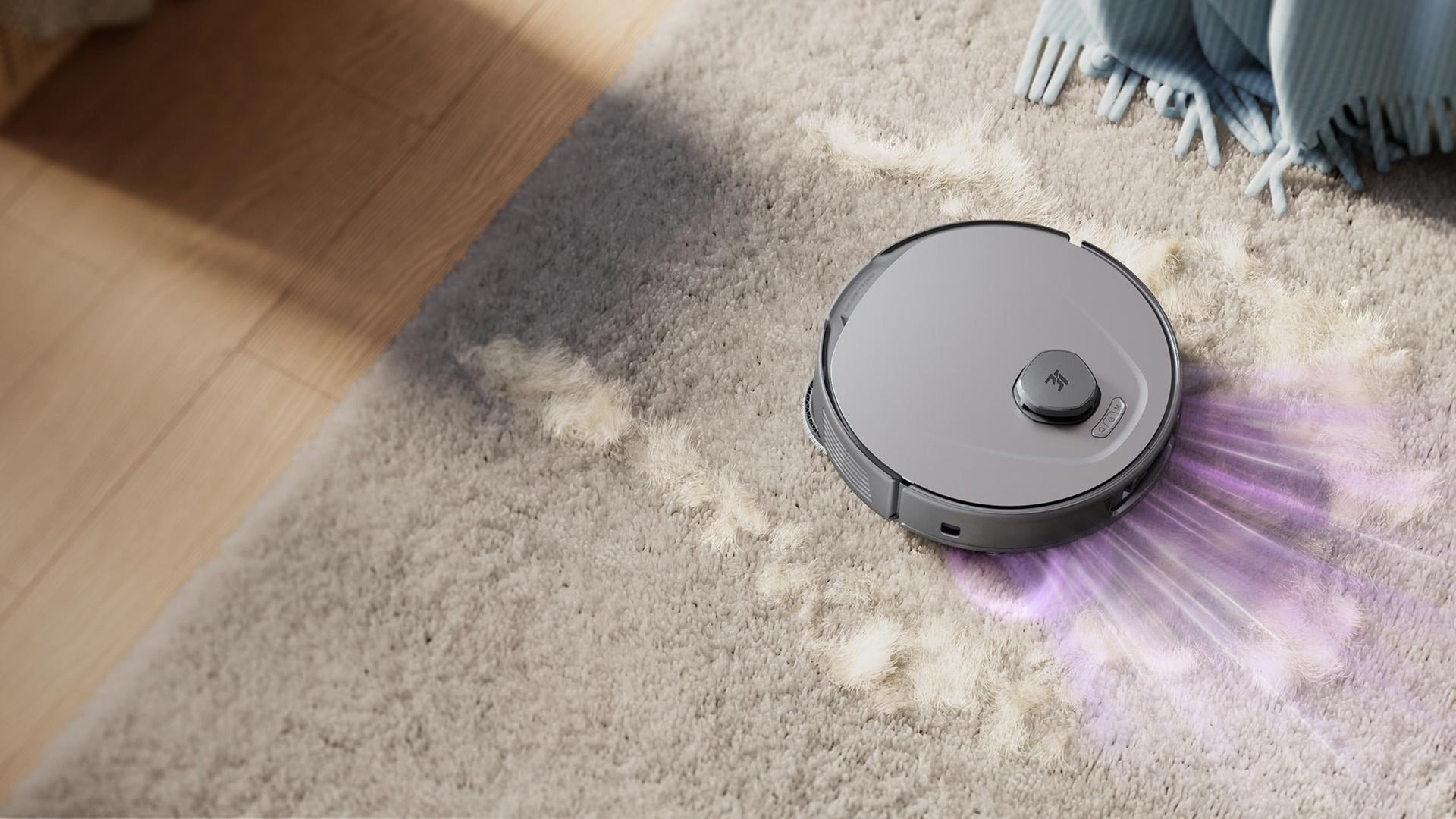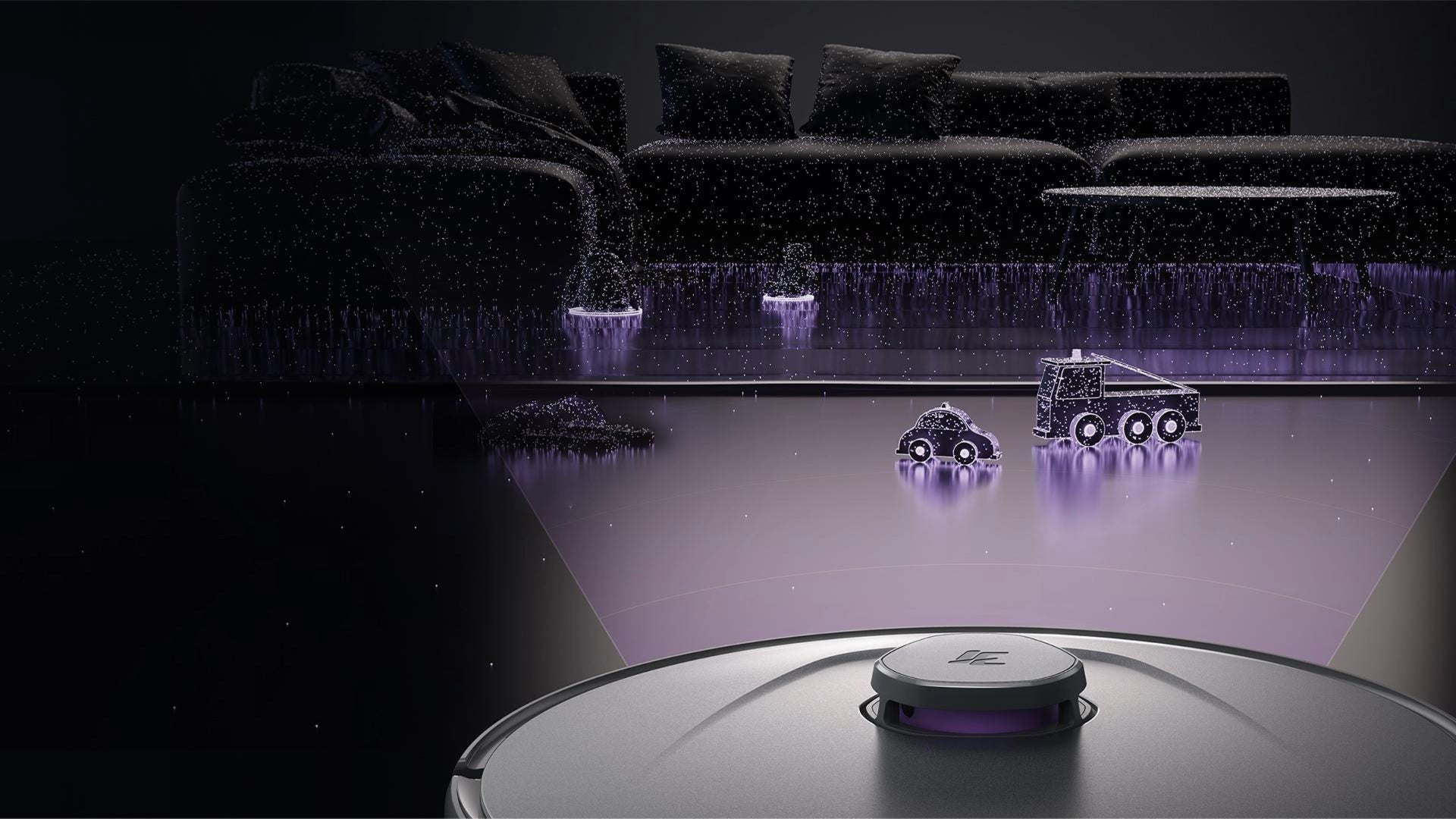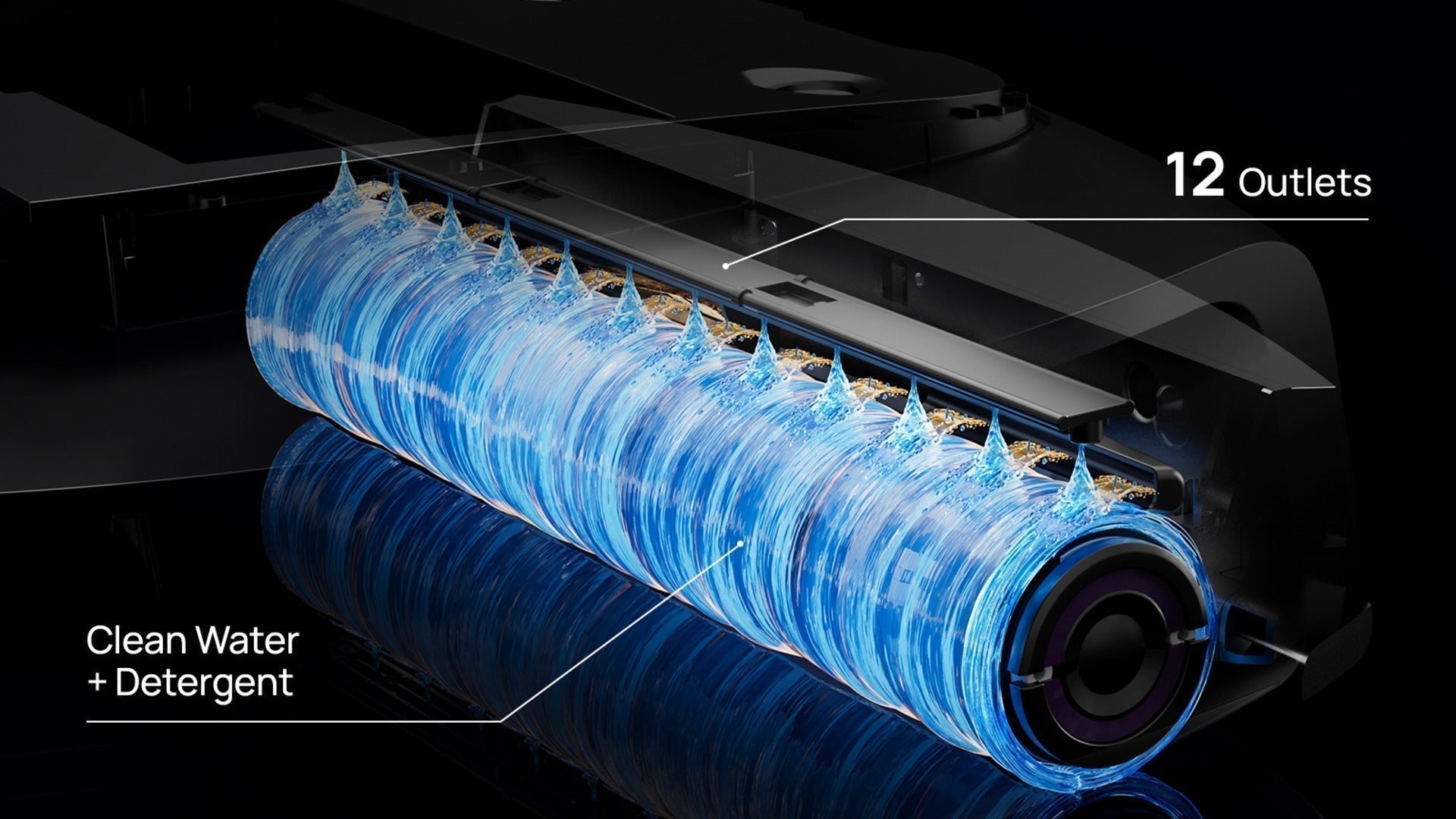In the world of robot vacuums, finding a balance between price and performance is no easy task. Most budget models are forced to compromise—offering basic features while cutting corners on cleaning effectiveness or smart navigation. But with the release of the 3i G10+, that trade-off is finally a thing of the past.
Launched at an accessible price of $399, the 3i G10+ stands out as the best budget robot vacuum from 3i that delivers premium performance without the premium price. Backed by proprietary innovations, smart automation, and eco-conscious engineering, the G10+ is here to redefine what budget-friendly cleaning can look like.
What Makes the 3i G10+ Truly Unique?
When evaluating a robot vacuum, it’s not just about whether it vacuums and mops—it’s about how well it does these tasks, how little you have to intervene, and how much value it offers over time. That’s where the 3i G10+ shines.
Let’s take a closer look at its standout features—especially those that are truly game-changing.
1. Patented Debris Compression: Store More, Empty Less

One of the most revolutionary technologies packed into the G10+ is Auto Debris Compression. Unlike traditional robot vacuums that either rely on frequent manual emptying or noisy, bulky auto-empty docks, the G10+ uses an internal mechanical paddle to compress debris in real time—quietly and efficiently.
What this means for you:
- 60 days of hands-free cleaning without emptying the bin.
- No disposable bags required—less waste, lower cost.
- Quieter operation compared to typical auto-empty stations.
-
Integrated UV light for added hygiene and peace of mind.
Whether you live in a large home or a compact city apartment, this smart compression system keeps dust out of sight and out of mind, without adding clutter or noise to your space.
2. UltraReach™ Extendable Mop & Side Brush: Better Coverage

Corners and baseboards are where most robot vacuums fall short—but not the G10+. With UltraReach™ technology, the G10+ is equipped with an extendable side brush and mop that automatically stretch out to sweep and wipe hard-to-reach areas.
What this means for you:
- No more dust lines along baseboards.
- True gap-free edge cleaning in just one pass.
- More effective cleaning under furniture, along edges, and in corners.
Combine this with 18,000 Pa of powerful suction—more than double that of many budget competitors—and you’ve got a robot that tackles both fine dust and heavy debris with ease.
3. AI-Powered Intelligence at a Budget Price
The G10+ brings flagship-level smarts to an affordable price point. Equipped with the same advanced ApexVision™ dToF LiDAR navigation and AI obstacle avoidance as 3i’s premium models, it maps your home with remarkable precision.
Smart Features You’ll Actually Use:
- 128+ object types recognized—from socks to cables to pet bowls.
- LED spotlight for accurate cleaning in dark areas like under beds.
- Customizable room-by-room cleaning routines via the 3i app.
- Voice control through Google Assistant and Alexa.
- Real-time adjustments to suction and water flow based on floor type.
This level of intelligence not only prevents bumps and missed spots, but also means you don’t need to babysit your vacuum anymore. Set it and forget it—it knows what to do.
4. Smart Carpet Handling with Ultrasonic Detection
Carpets can be a challenge for mopping robots—but the G10+ tackles this with ease. It uses an ultrasonic sensor to detect carpets before touching them and automatically lifts the mop pad by 10mm (0.4 inches) to prevent wetting your rugs.
Carpet Cleaning Benefits:
- Avoids wet carpets, protecting fibers and floors.
- Boost suction on low-pile rugs for deeper cleaning.
- Custom cleaning rules: skip, boost, or mop-around specific carpets via the app.
- Great for mixed flooring homes—hardwood, tile, carpet, and more.
This feature is typically reserved for premium robots, yet the G10+ includes it at a fraction of the price.
5. Compact, Eco-Friendly Charging Dock
Gone are the days of bulky auto-empty stations. The G10+ comes with a minimalist charging dock that’s easy to place even in tight spaces.
It’s:
- Lightweight and portable
- Visually unobtrusive
- Free from disposable components
This reflects 3i’s commitment to building a smarter, more eco-conscious robot vacuum.
3i G10+ at a Glance
|
Feature |
Benefit |
|
Onboard Auto Debris Compression |
60 days of hands-free use, low noise, no disposable bags |
|
18,000 Pa Suction |
Powerful enough to lift fine dust and large debris |
|
Extendable Mop & Side Brush |
Cleans edges, corners, and baseboards thoroughly |
|
Flagship-Level Navigation |
Navigates and avoids common obstacles with ease |
|
UV Light Integration |
Keeps internal bin hygienic |
|
Smart Carpet Detection |
Various carpet cleaning and care options |
|
App & Voice Control |
Customizable, hands-free, and intuitive to operate |
Why the G10+ is the Best Budget Robot Vacuum Today
In today’s market, robot vacuums range from ultra-basic models under $200 to luxury machines that cost upwards of $1,000. For most people, especially first-time buyers or budget-conscious families, the sweet spot lies somewhere in between. But unfortunately, many budget-friendly robot vacuums offer only the bare minimum—basic suction, random navigation, no mop, and minimal intelligence.
The 3i G10+ disrupts that entire landscape by delivering high-end performance and intelligent design at a truly affordable price. For just around $400, it doesn’t just match features with flagship models—it introduces category-first innovations that even premium robots haven’t offered yet.
Final Thoughts
If you’re looking for a budget robot vacuum that outperforms its price tag, the 3i G10+ is your answer. With cutting-edge technology, intelligent features, and a thoughtful, eco-friendly design, it offers a premium clean at a truly accessible price.
For anyone who wants smarter cleaning, less hassle, and more peace of mind—the G10+ is not just the best budget robot vacuum from 3i. It’s a whole new class of its own.
Frequently Asked Questions
Q: How often do I need to empty the G10+?
A: Thanks to 3i’s debris compression technology, the G10+ can store up to 60 days of dust and debris before needing to be emptied. Actual frequency may depend on household conditions, such as dirt level and pet numbers.
Q: Is the G10+ compatible with smart home systems?
A: Yes. The G10+ works seamlessly with Google Assistant and Amazon Alexa, allowing you to control cleaning with your voice.
Q: Does the G10+ require disposable dust bags?
A: No. Unlike traditional vacuums with bagged auto-empty systems, the G10+ features a bagless onboard 1L dustbin, making it more eco-friendly and cost-effective.
Q: Will it work in a small apartment or tight space?
A: Absolutely. The G10+ has a compact dock and smart laser navigation that adapts to both spacious homes and smaller rooms.
Q: How does it handle carpets and rugs?
A: The built-in ultrasonic sensor detects carpets and lifts the mop pad automatically. You can also customize carpet behavior in the app—boost suction, avoid mopping, or skip entirely.
Q: Can it avoid obstacles like pet bowls or cables?
A: Yes. With AI-powered object recognition, the G10+ identifies over 128 types of objects, reducing the risk of tangles or disruptions.
Q: Is the mop pad washable or disposable?
A: The mop pad is washable and reusable, keeping ongoing costs low and making it easier to maintain.
Q: Does it support multi-floor mapping?
A: Yes. The G10+ can store multiple maps of up to 5, making it suitable for homes with more than one level.














